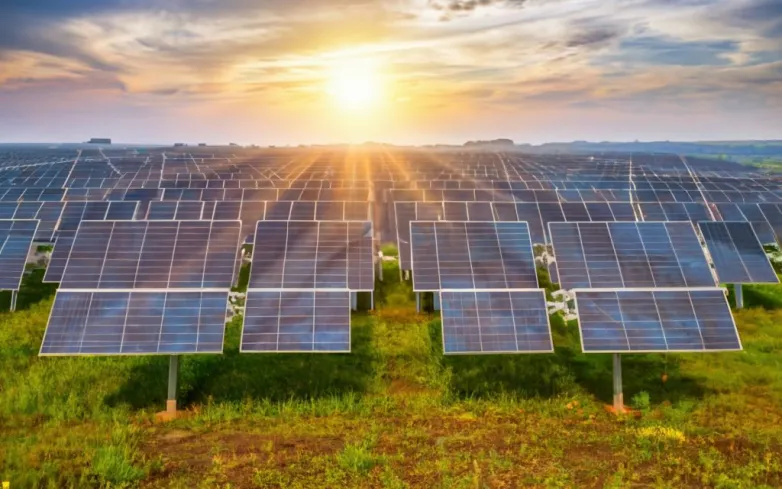Revolutionary Inverted Perovskite Solar Cell Achieves 25.6% Efficiency
- Revolutionary solar cell design achieves 25.6% efficiency with 2D/3D heterojunctions. Groundbreaking research from KAUST, UNIST, and the Chinese Academy of Sciences.

An international team of researchers from KAUST, UNIST, and the Chinese Academy of Sciences have developed an inverted perovskite solar cell with 2D/3D heterojunctions that achieved an efficiency of 25.6%. By incorporating low-dimensional perovskite layers at the top and bottom interfaces of the solar cell, the team achieved optimal passivation and improved performance.
The researchers explained that the technique involved applying thin layers of low-dimensional perovskite on top of a 3D perovskite film to minimize energetic losses at the interfaces. Extensive testing helped identify the most effective ligand for double-side passivation, resulting in a cell with a glass/ITO substrate, 2D/3D perovskite layers, and achieving high efficiency and stability over time.
How did researchers achieve 25.6% efficiency in inverted perovskite solar cell?
- The researchers incorporated low-dimensional perovskite layers at the top and bottom interfaces of the solar cell to achieve optimal passivation and improved performance.
- Thin layers of low-dimensional perovskite were applied on top of a 3D perovskite film to minimize energetic losses at the interfaces.
- Extensive testing helped identify the most effective ligand for double-side passivation in the solar cell.
- The cell consisted of a glass/ITO substrate, 2D/3D perovskite layers, and achieved high efficiency and stability over time.
Also read

